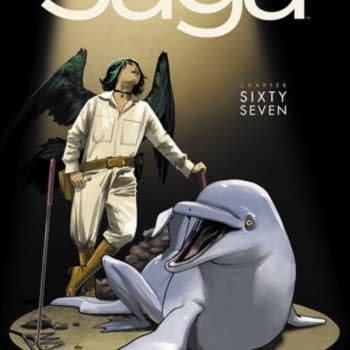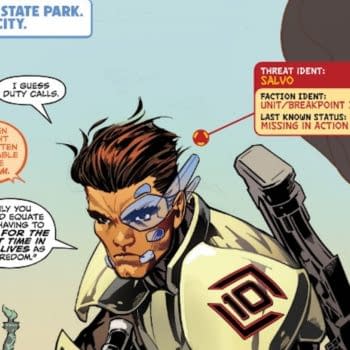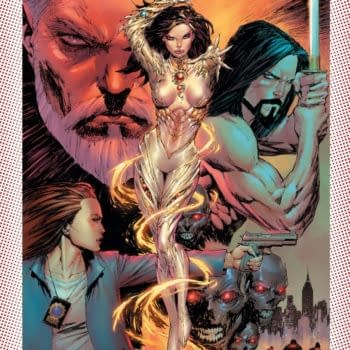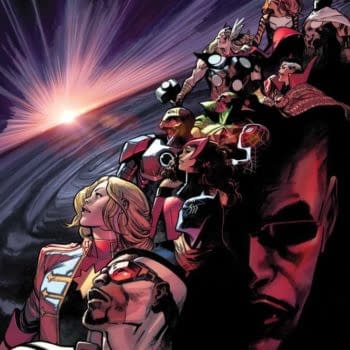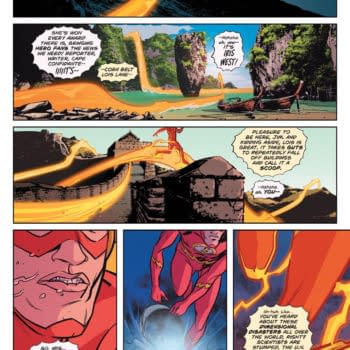Posted in: Comics, Recent Updates | Tagged: Comics, gay, x-men
It Gets Better… With New York Comic Con by Eric Glover
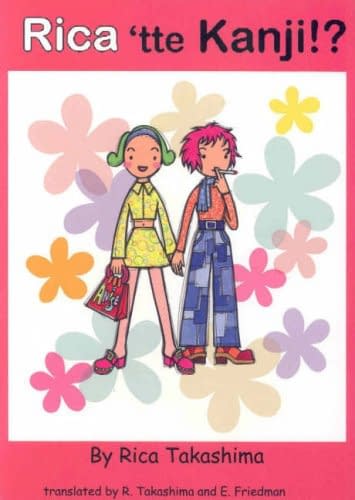
NYCC's It Gets Better With Comics panel, assembled to discus the place of LGBT characters in comics, kicked off early Friday morning and featured Ivan Velez Jr., writer of Tales of the Closet; Charles Christiansen, founder of Prism Comics; Rica Takashima, whose manga Rica 'tte Kanji!? is loosely based on her own life as a lesbian; and Daniel Ketchum, an Associate Editor at Marvel Comics. After each of the panelists were asked which superhero they would take to a school dance—which got some colorful responses from the speakers—the more serious stuff began.
Christiansen expressed the belief that there's been a dramatic improvement over the past 10 years regarding queer representation in comic books. In fact, he said, the introduction of the flamboyant Bunker to DC's Teen Titans signifies that gay characters aren't so scarce that writers have to worry about misrepresenting an entire population with one character—implying that if a hero like Bunker had been introduced when there were fewer LGBT capes to speak of, his creators may have faced more accusations of stereotyping.
Velez Jr. disagreed with Christiansen, saying that he still saw plenty of stereotypes being attributed to gay characters, and added that the famous Apollo/Midnighter relationship was a satirical spin on a previously existing relationship (Superman and Batman), rather than a legitimate gay relationship in its own right.
Ketchum chimed in by saying that he grew up as an X-Men kid, and that the narrative of those comics could easily be interpreted as a gay one. But beyond that, he asserted that there are a notable amount of gay characters in mainstream comics, including members of the Runaways and Young Avengers.
Takashima approached the issue of representation by noting her own writing, stating that she's made gay characters the protagonists of her comics, and that through them she explores the true-to-life aspects of their relationships. Takashima also discussed her effort to think about her own experiences while writing, with faith that readers will respond to authenticity.
After the panelists were asked whether straight comic book authors should be educated about representing LGBT youth, Ketchum shied away from taking actions as direct as providing sensitivity trainings for colleagues. As a gay editor, Ketchum considers his presence at Marvel an adequate ambassadorship of sorts, giving his peers access to a real-life example of living the queer experience. He reiterated that the gay metaphor provided by the X-Men still tells the queer story, if you're looking for it. Christiansen said that to write successful gay narratives, the characters simply had to be depicted as human beings.
As the conversation shifted to how gay stories can affect gay youth, each of the panelists offered interesting opinions on the matter. Takashima said that gay comic books aren't just for the benefit of LGBT youth, but also for the families and friends who support those readers—and should be written as such. Velez Jr. discussed how sometimes trying to write about "issues" can be offensive; he recalled reading a Hulk storyline in which a young black character was introduced, given AIDS, and then written to die. Ketchum asked the audience whether they could imagine the repercussions if that same story was written today. Once the issue of access to gay comics came up, the panel talked about the urgency of providing these kinds of books in libraries, and in bulk; Velez Jr. said that sometimes his own comic Tales From the Closet is stolen from libraries because closeted readers don't want to "out" themselves by formally borrowing it. In a touching moment, Christiansen said that he read Velez' work as a teenager, and that it brightened his life, to which the audience responded with applause.
Personal Take: I was a bit surprised by Daniel Ketchum's hesitation to formally educate his peers about gay issues, as well as his willingness to lean on the gay metaphor in X-Men stories as a reliable method of communicating comfort and encouragement to gay kids. Velez Jr. was more encouraging as an advocate of deliberately and diligently adding LGBT characters to comic books. Takashima's approach of putting the spotlight squarely on gay characters in her own books also reflected the assertive approach that Velez seemed to appreciate, and which I certainly did. Perhaps X-Men storytellers deserved a pat on the back for subtly addressing the issue in earlier years, but hiding behind that method today is keeping queer people hidden from sight in its own way. Representation of queer people is still disproportionately low, and comic writers could indeed use more characters—and maybe even a diversity training or two—to properly reflect an oft-neglected portion of the population.








